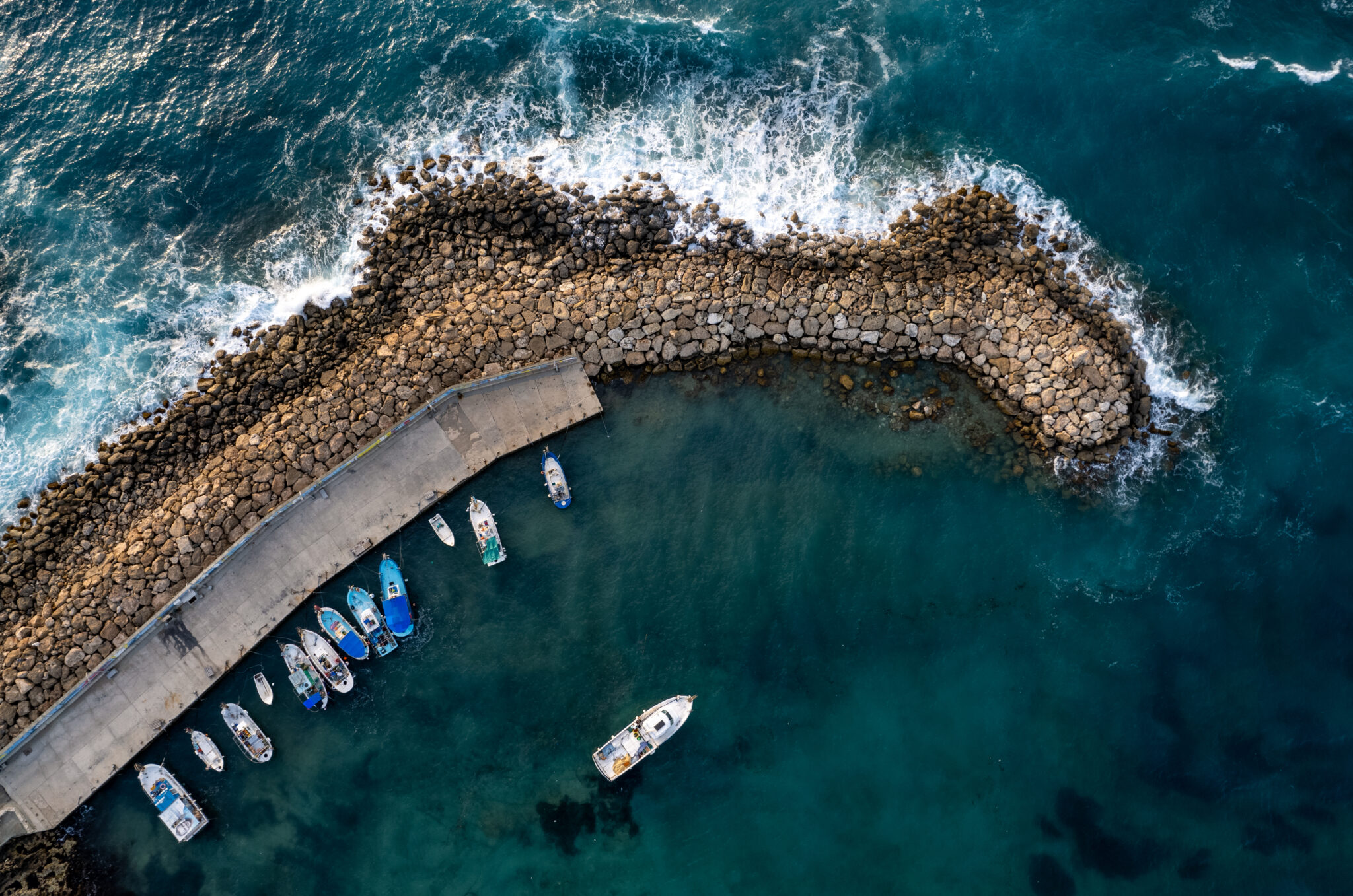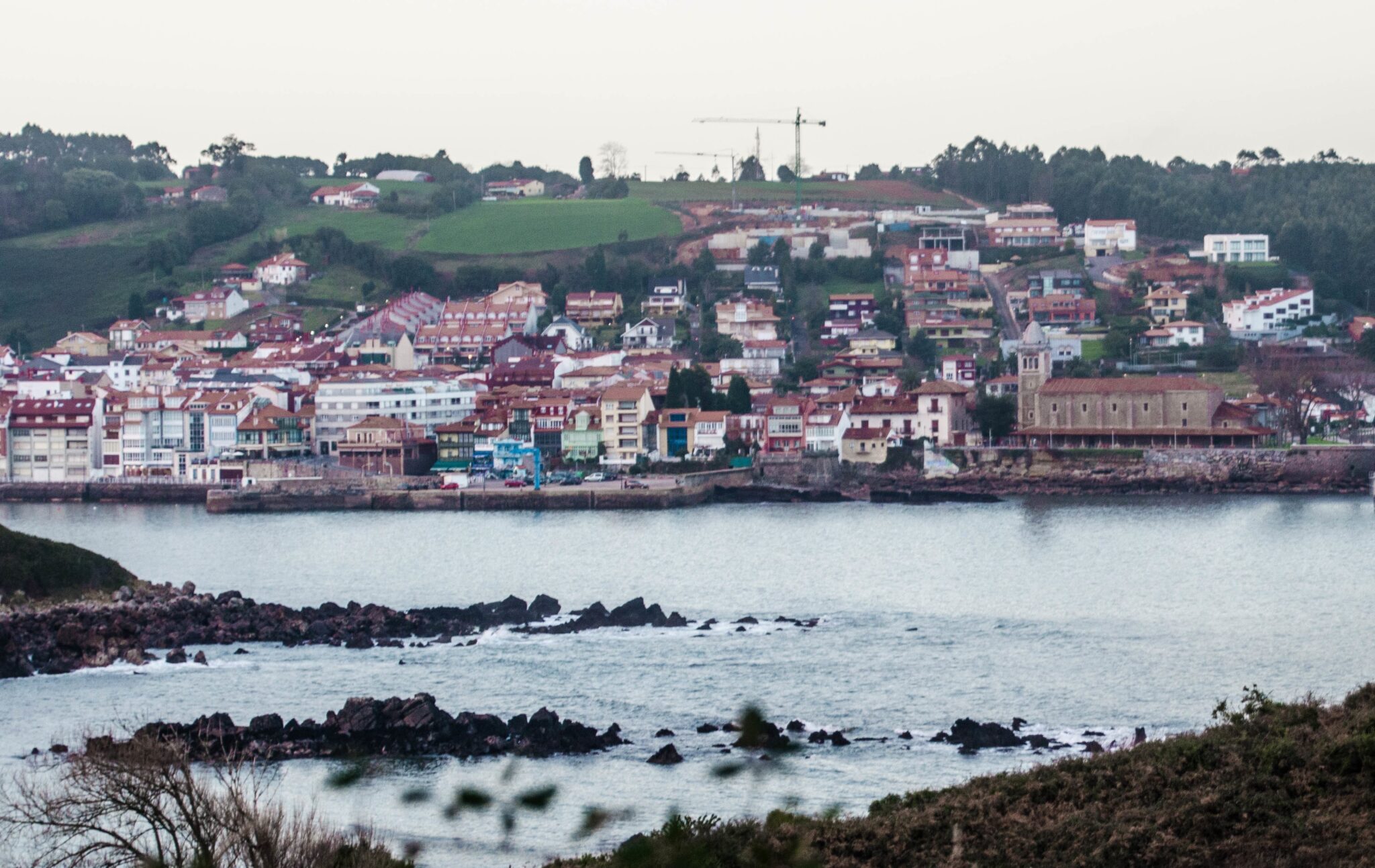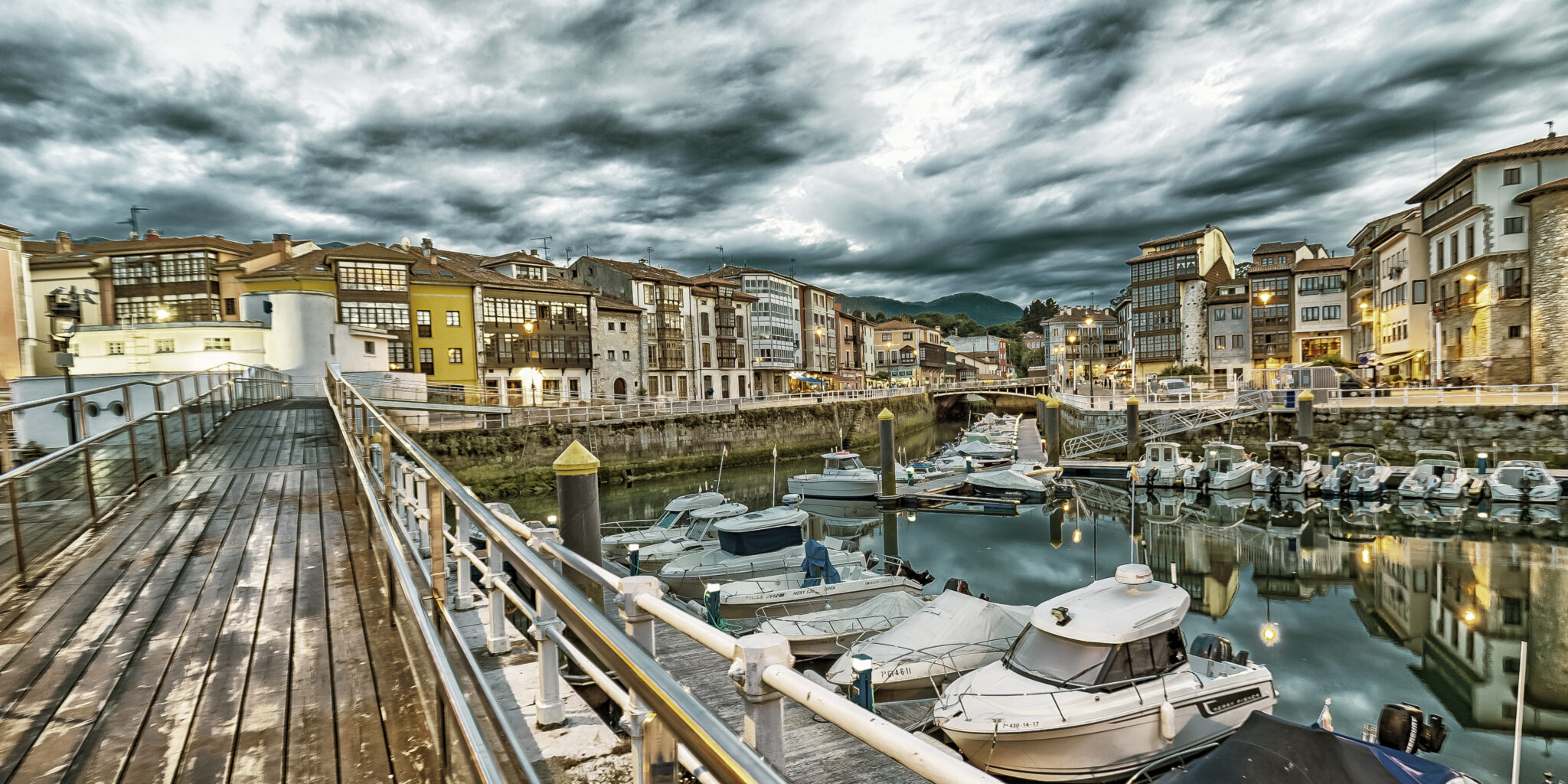IHCantabria presents a methodology to assess the effects of compound climate events on coastal and port infrastructures
The application of this new methodology makes it possible to assess how climate change may produce variations in these events and how variations in these events and how these variations may cause damage to port infrastructures and operational shutdowns
Researchers from the Environmental Hydraulics Institute of the University of Cantabria (IHCantabria) have recently presented the results of a study that introduces an innovative methodology to assess the complex risks that climate change poses to coastal and port infrastructures.
The results of that study have been published in the scientific journal Coastal Engineering, in a paper entitled “Compound climate change risk analysis for port infrastructures“, whose authors are: Alberto Fernández Pérez, Javier López Lara, David Lucio Fernández, and Íñigo Losada Rodríguez.
Historically, the impacts of extreme weather events ─such as storms, strong winds and intense waves─ have been analyzed independently. The authors of the paper detected that, although some coastal engineering studies had explored the joint effects of waves, sea level and wind, specific methods for assessing these impacts on port infrastructure had not yet been developed.
“The main objective of the study was precisely to define a methodology to analyze the effects of these composite events on port infrastructures and to evaluate how climate change causes variations in these events, generating damage and operational shutdowns in ports,” says Alberto Fernández Pérez, lead author of the paper published in the journal Coastal Engineering.
The study was applied in the Asturian ports of Llanes and Luanco. Its results have shown that, when considering composite effects ─such as the interaction of wind with waves and/or sea level─ the damage and loss of services are considerably higher than when evaluating the individual effects separately. This finding underscores the need to include these composite effects when analyzing climate change risk in coastal and port infrastructures, “since, if this is not done, the damage and socio-economic losses that could be caused by climate change in these infrastructures would be significantly underestimated,” warns predoctoral researcher, Alberto Fernández Pérez.
“The results of this research have already been applied in two ports of the Principality of Asturias and the impact is expected to be greater when applied in other ports”, says Alberto Fernández, who hopes that, in the future, “both in risk analysis and in the definition of measures and plans for adaptation to climate change for ports and other coastal infrastructures, this new methodology, or a similar one, can be used”.
Therefore, this tool promises to have a significant technological, environmental and socioeconomic impact, because it will provide port planners and managers with a solid basis to make informed decisions and develop effective adaptation strategies in the face of the challenges posed by climate change.
The full content of the article recently published in the journal Coastal Engineering can be accessed through this link.

The new methodology developed by IHCantabria researchers makes it possible to assess the complex risks that climate change poses to coastal and port infrastructures by considering the interaction between sea level, extreme winds and waves

Port of Luanco, located in the Principality of Asturias, northern Spain

Port of Llanes (Principality of Asturias), where the new methodology proposed by IHCantabria was also applied, as in Luanco, to assess the effects of compound climatic events on its coastal and port infrastructures



